 Pesticide residue detector
Pesticide residue detector
 Veterinary drug residue detector
Veterinary drug residue detector
 Food safety detector
Food safety detector
 Food additive detector
Food additive detector
 Bacterial and microbiological detector
Bacterial and microbiological detector
 Food pre-treatment integrated machine
Food pre-treatment integrated machine
 Soil and fertilizer nutrient detector
Soil and fertilizer nutrient detector
 Plant Physiology Detector
Plant Physiology Detector
 Water quality detector
Water quality detector
 Meteorological monitoring station
Meteorological monitoring station
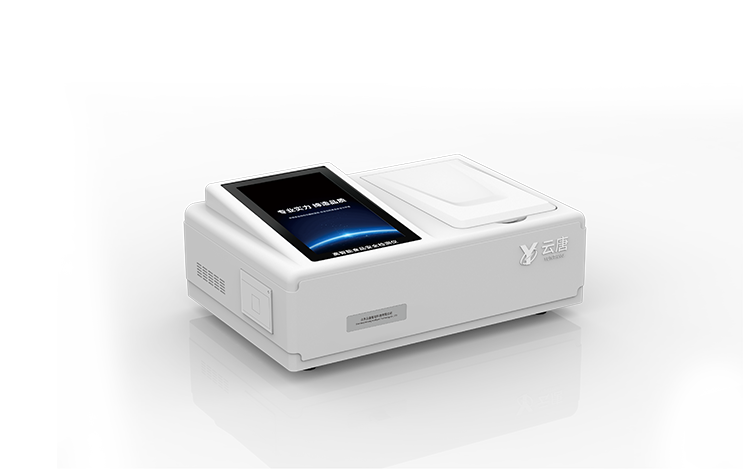
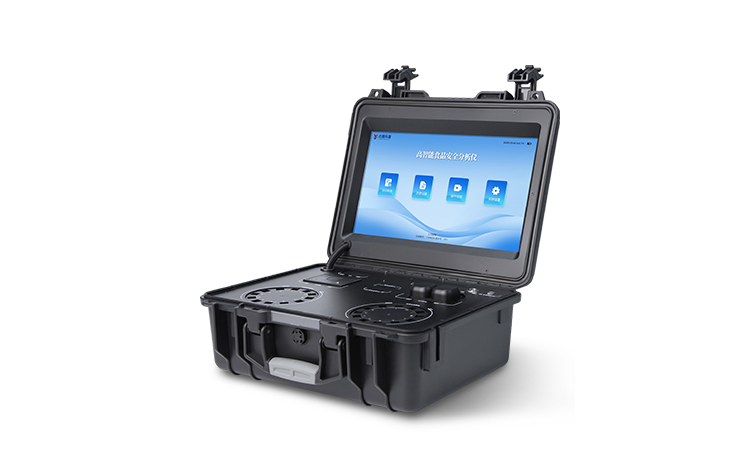
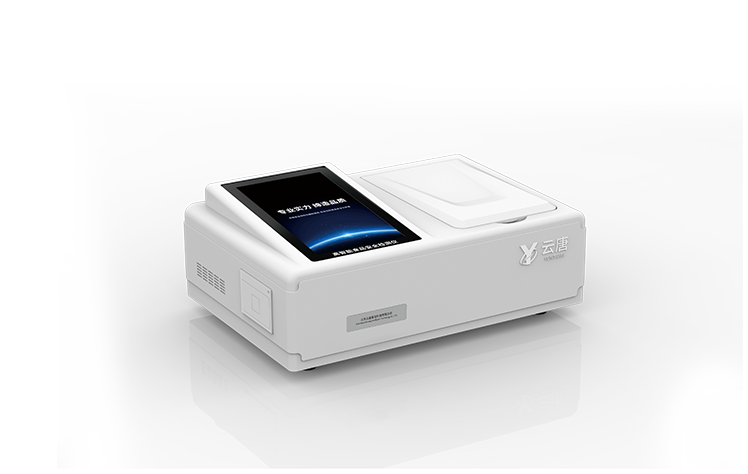
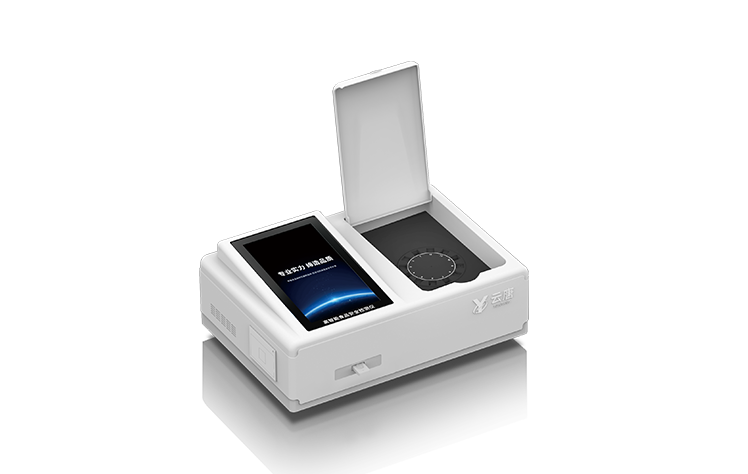
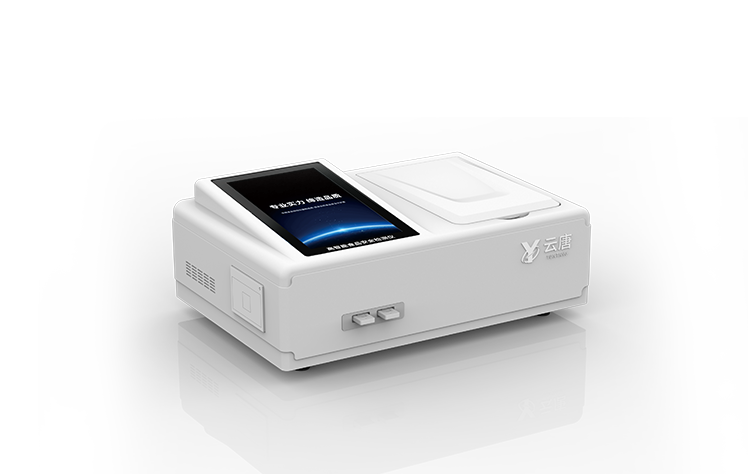
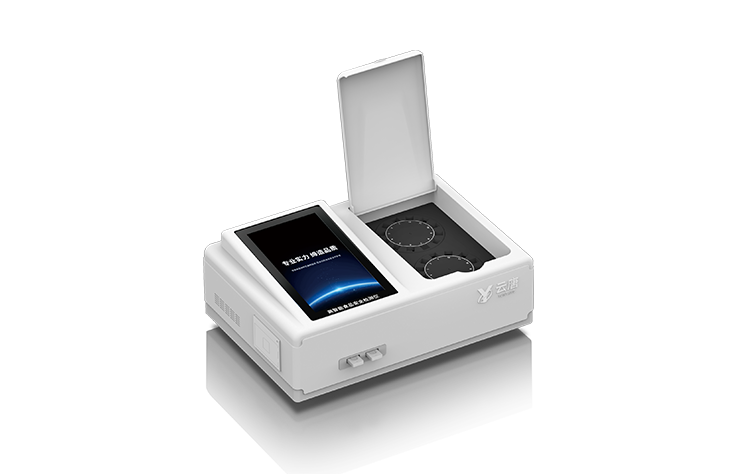
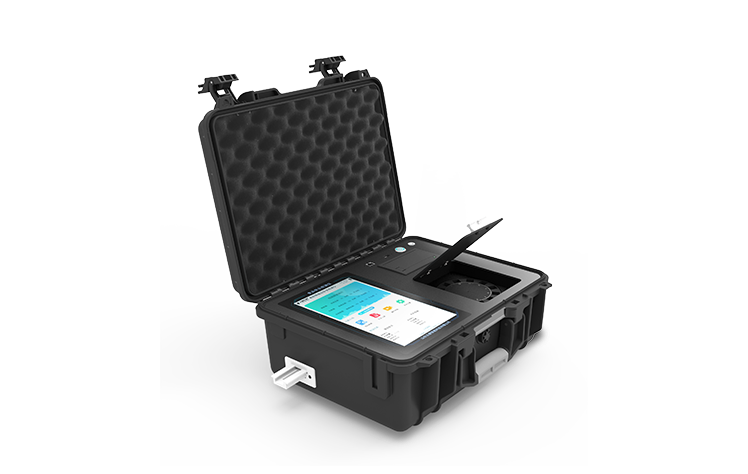
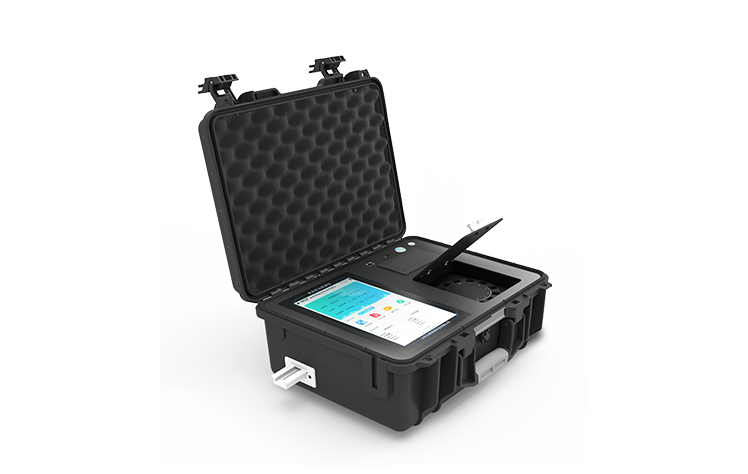
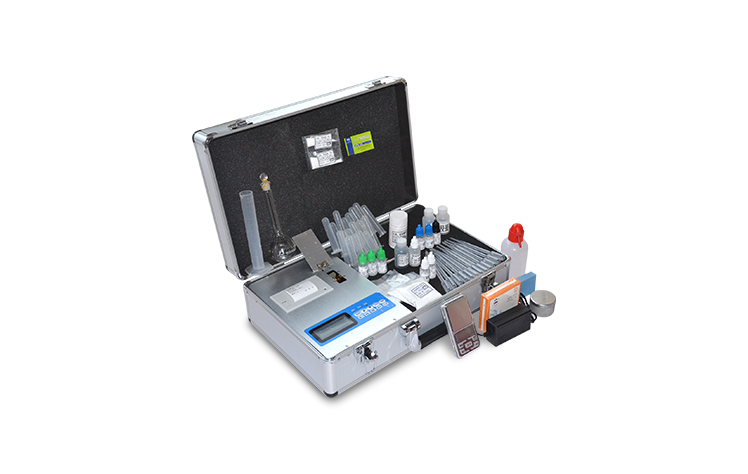

型号:YT-ZJA
Food, soil, and water quality are gradually being polluted by industrial waste gas, wastewater, and slag. Some people even directly use industrial waste water to irrigate crops, ca···
 technical support
technical support
Yuntang Technology
One click access to quotationWhatsApp:+86 18866361895
WeChat:+86 17865361250
Email:yuntang@foxmail.com
closeDetails
Picture and Text Introduction
Related Cases
Food, soil, and water quality are gradually being polluted by industrial waste gas, wastewater, and slag. Some people even directly use industrial waste water to irrigate crops, causing a large accumulation and accumulation of heavy metals such as cadmium, copper, arsenic, chromium, mercury, nickel, iron, aluminum, zinc, manganese, and copper in the soil cultivation layer, especially in urban suburbs; In addition, the excessive use of inorganic chemical pesticides and other substances has led to serious excessive heavy metal content in vegetables and fish, continuously accumulating in the human body, resulting in chronic heavy metal poisoning among consumers. Multiple incidents of collective heavy metal poisoning have occurred in China, which has attracted high attention from the government and various sectors of society. However, the current heavy metal determination methods have slow measurement speed, cumbersome steps, and expensive instruments. Based on this situation, we have developed a rapid method for the determination of heavy metals, which can quickly and jointly determine lead, arsenic, chromium, cadmium, mercury, etc. in samples such as vegetables, food, soil, organic fertilizers, tobacco, etc.
Detection principle:
(1) After digestion of the sample, all forms of heavy metals (including arsenic, lead, cadmium, chromium, mercury, nickel, iron, aluminum, zinc, manganese, copper, etc.) are transformed into ionic forms. After adding relevant detection reagents, the color is developed. Within a certain concentration range, the depth of the solution color is proportional to the content of heavy metals, following the Lambert Beer law. The content value is then determined by instruments, Compare with the national standard for the safety and quality of agricultural products, as well as the allowable limit for the safety requirements of pollution-free vegetables, to determine the heavy metal content of vegetable samples.
(2) The detection principles and standards for various heavy metals
1. The detection principle and adopted standards of heavy metal arsenic
The national standard (GB/T5009.11-2003) borohydride reduction colorimetric method is adopted. After digestion of the sample, potassium iodide thiourea is added and heated to reduce pentavalent arsenic to trivalent arsenic. Under acidic conditions, potassium borohydride reduces trivalent arsenic to negative trivalent, forming arsine that is introduced into the absorption solution and turns yellow. The arsenic content is detected by the instrument.
2. The detection principle and standards for heavy metal lead
The national standard (GB/T5009.12-2003) dithizone colorimetric method is adopted, which means that after digestion of the sample, under weak alkaline conditions, lead ions and dithizone form a red complex, which is dissolved in trichloromethane and then determined by colorimetry.
3. The detection principle and adopted standards of heavy metal chromium
After digestion, in the presence of divalent manganese, chromium ions react with diphenylcarbazide to form a purple red complex. The color of the complex is directly proportional to the content of hexavalent chromium, and colorimetric determination can determine the chromium content.
4. The detection principle and adopted standards of heavy metal cadmium
The national standard (GB/T5009.15-2003) colorimetric method is adopted, which means that after digestion of the sample, under alkaline conditions, cadmium ions and 6-bromophenyl propionazole azonaphthol form a red complex, which is dissolved in trichloromethane for colorimetric determination.
5. The detection principle and adopted standards of heavy metal mercury
The national standard (GB/T5009.17-2003) dithizone colorimetric method is adopted, which means that after digestion of the sample, under acidic conditions, mercury ions and dithizone form an orange red complex, which is dissolved in trichloromethane for colorimetric determination.
Detection process:
Refer to the user manual
Instrument technical specifications:
1. Instrument transmittance accuracy ≥ ± 0.3%
2. Instrument repeatability ≤ ± 0.5%
3. Instrument stability ≤ 0.003A/3 minutes (after preheating the instrument for 5 minutes)
4. Linear error ≤ 3%
5. Instrument power consumption ≤ 5W
6. Power supply AC220V/50Hz or DC12V
7. The built-in thermal printer can automatically print out the detection results, which is convenient and intuitive.
Instrument measurement items:
1. Instrument measurement items
Measure heavy metals (lead, arsenic, chromium, cadmium, mercury, iron, zinc, manganese, copper) in soil, fertilizers, food, vegetables, and fruits.
2. Instrument extension testing project
The instrument can expand the measurement of soil and fertilizer nutrient content.
Instrument testing characteristics:
1. The performance is reliable, and the working stability is 5-6 times better than the national standard JJG79-90. The repeatability meets the indicators of grating spectrophotometers. It adopts microprocessor technology, microcontroller control, touch buttons, and is easy to operate.
2. The heavy metal testing adopts combined digestion and sub item testing techniques to simplify the testing process, reduce testing time, greatly improve testing efficiency, and improve testing accuracy.
3. Strong scalability, this instrument can not only be dedicated to the detection of heavy metals, but also expand the testing of nutrients in soil, fertilizers, and plants (HM-ZSA type), making it versatile.
4. Integrating medicine, equipment, and instruments, it is equivalent to a small laboratory with two aluminum alloy boxes, easy to carry, convenient for on-site testing, and mobile services. Suitable for grassroots testing departments to screen vegetables, fruits, and other foods containing heavy metal pollution.
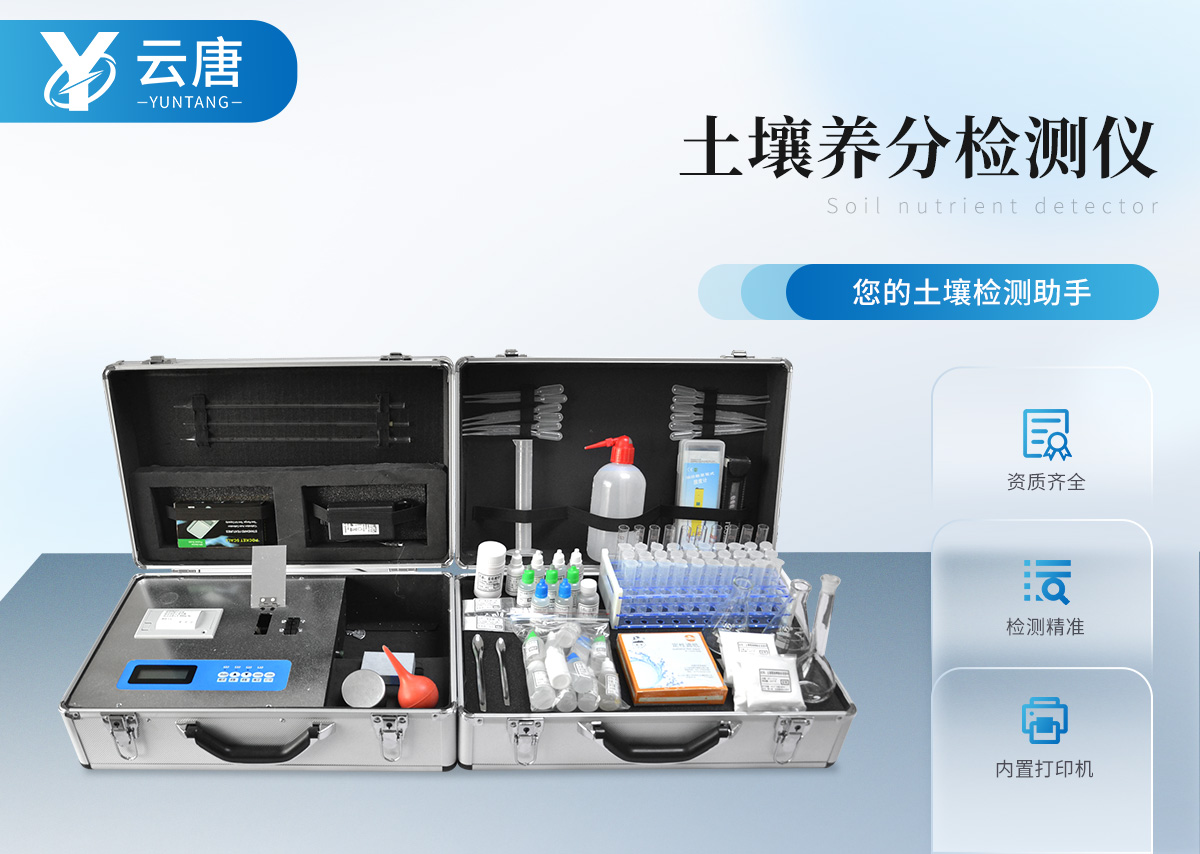
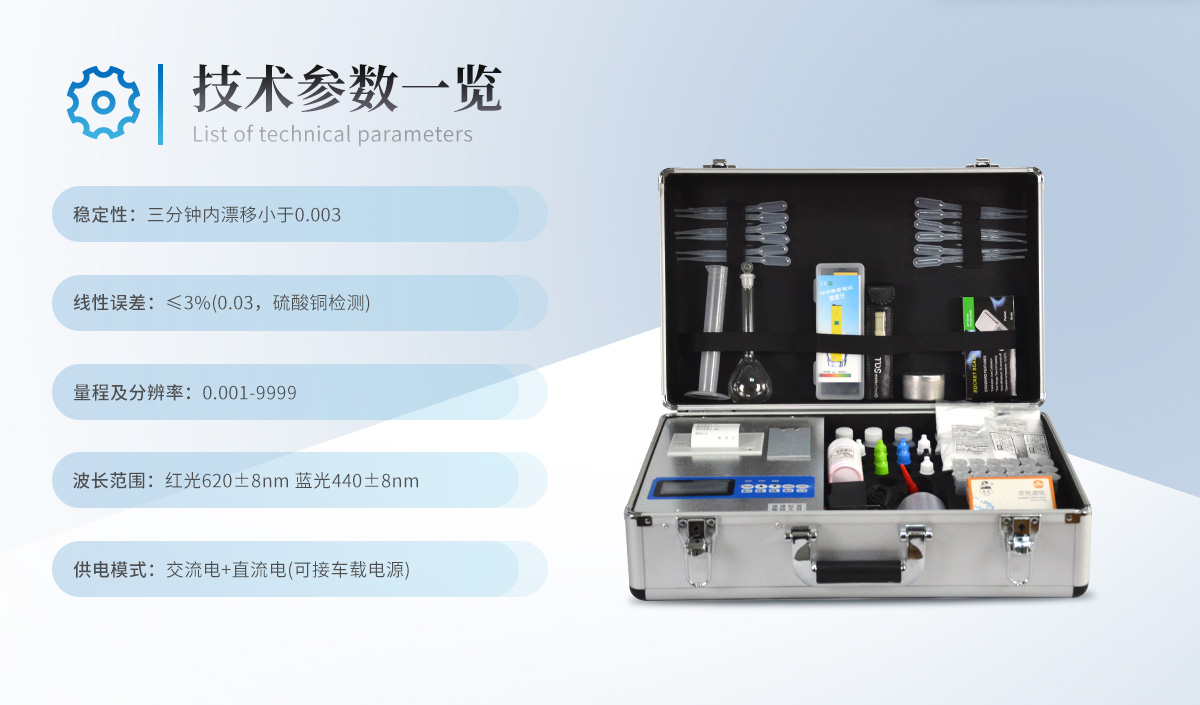
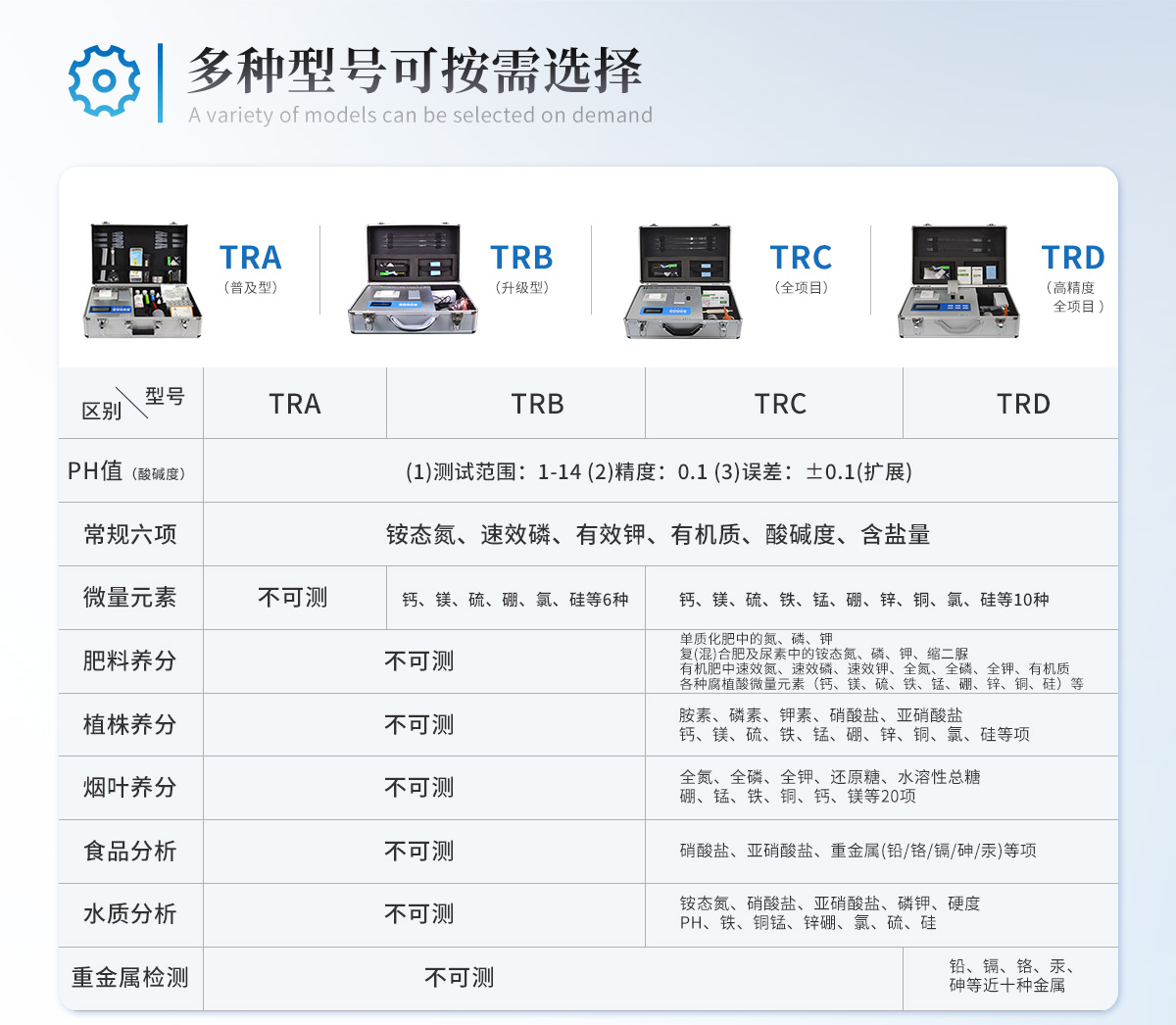
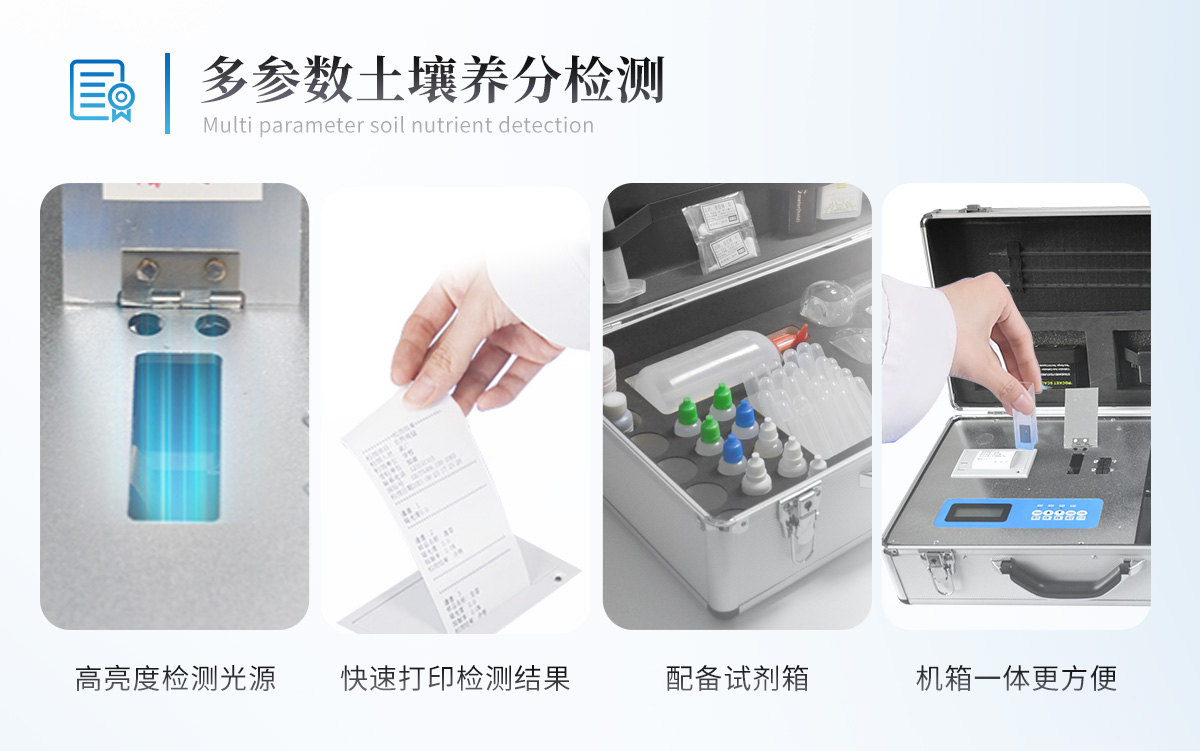

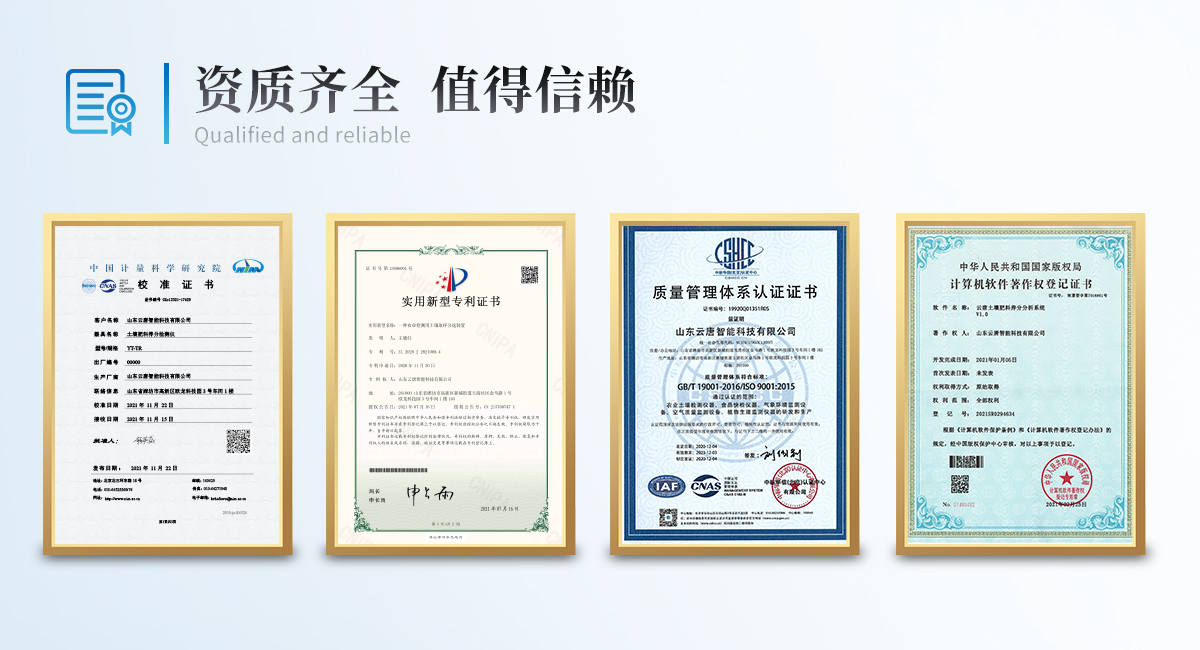
WeChat:+86 17865361250
WhatsApp:+86 18866361895
Email:yuntangzhineng@foxmail.com
Copyright @ 2019-2022 Shandong Yuntang Intelligent Technology Co., Ltd All Rights Reserved. Copyright Source manufacturer of pesticide residue detector, food detector, bacteria detector
 WeChat
WeChat








TOP
 Leave us a message
Leave us a message